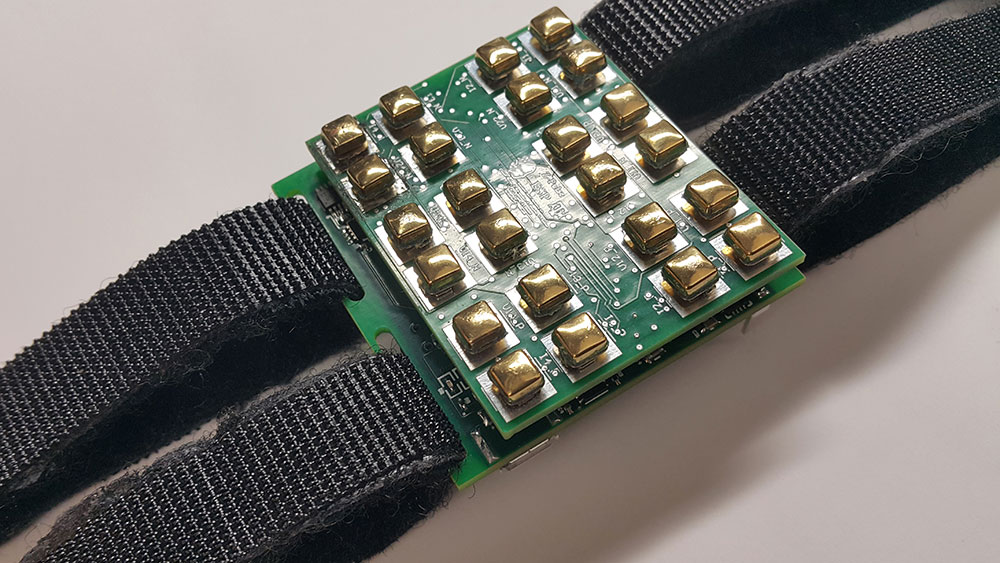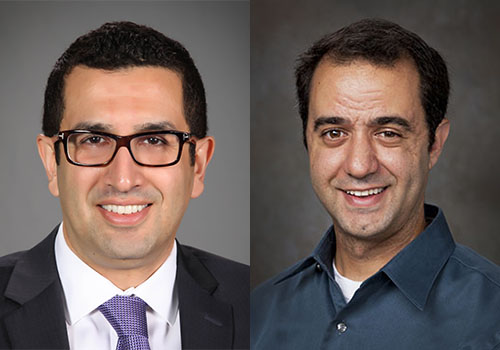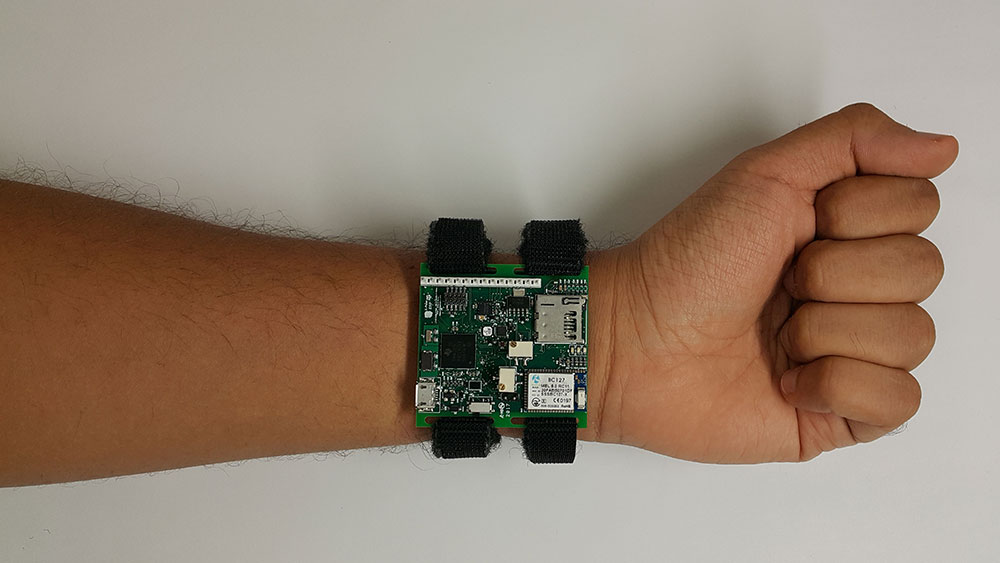
The National Institute of Biomedical Imaging and Bioengineering has announced the funding of a grant to investigators at Texas A&M University and Yale University for the development of a wrist-worn, cuffless blood pressure monitoring system. The project is sponsored for $1.2 million over four years.
With a team of engineers, computer scientists and physician-scientists led by Drs. Roozbeh Jafari and Bobak Mortazavi at Texas A&M, and Drs. Harlan Krumholz and Erica Spatz at Yale, the goal is to create a device that can unobtrusively measure blood pressure throughout the day and night and across a range of activities.

Elevated blood pressure occurs in almost half of adults and is a strong risk factor for heart disease and stroke. The blood pressure treatment guidelines recommend frequent measurement of blood pressure to define risk and treatment response, but current methods involve the periodic inflation of a blood pressure cuff, which is bothersome during the day and interrupts sleep at night. The development of a cuffless wearable device could revolutionize the approach to blood pressure management, a technology that was developed over a century ago and has undergone very few changes and enhancements over the years.
“We have developed a novel approach for measuring blood pressure that can obviate the need for the traditional blood pressure cuff,” said Jafari, principal investigator and associate professor in the Departments of Biomedical Engineering, Computer Science and Engineering, and Electrical and Computer Engineering at Texas A&M. “We are excited to see the translation of this technology to practice with its significant impact on how blood pressure can be used for diagnosis, prognosis and management of hypertension.”

The funding represents an emerging collaboration between the two institutions. “We are so pleased to have created such a strong multidisciplinary team. My hope is that this technology will lead to a paradigm shift in the way that blood pressure is measured and will strongly improve our ability to reduce risk in the population,” said Krumholz, the Harold H. Hines, Jr. Professor of Medicine and Public Health at Yale.
The work will require advanced analytics applied to the data produced by the device in order to maximize its clinical impact. “I see the future as combining novel ways of acquiring information with sophisticated approaches to analyzing the complex, streaming data, with the use of analytics, in ways that provide useful information,” noted Mortazavi, assistant professor in the Department of Computer Science and Engineering at Texas A&M.
In the end, the value of the technology will depend on the clinical impact. “From the outset we are making plans to test the device in clinical populations and are oriented toward evaluating not only the validity of the information, but its usefulness in characterizing and treating hypertension,” said Spatz, assistant professor of medicine at Yale.
“Our hope is that this technology will lead to a paradigm shift in the way that blood pressure is measured and will strongly improve our ability to reduce risk in the population,” noted Jafari and Krumholz.